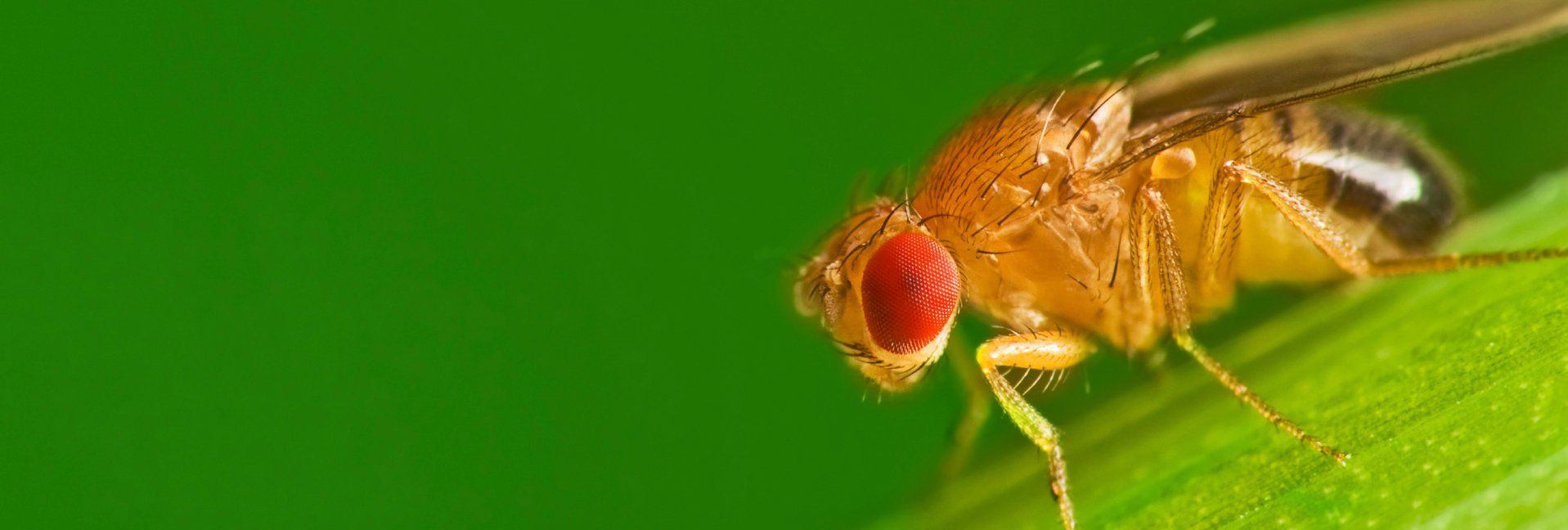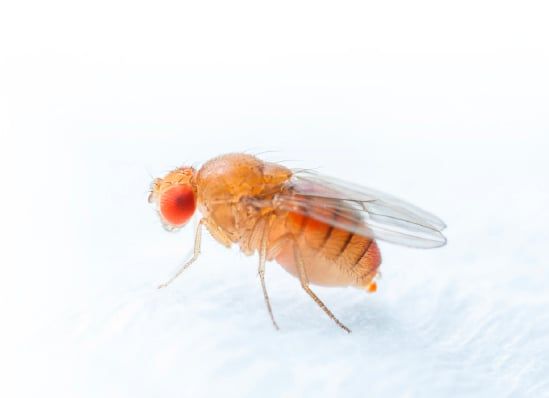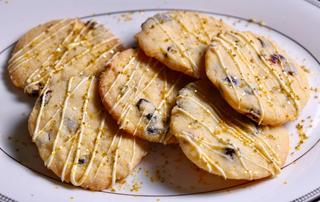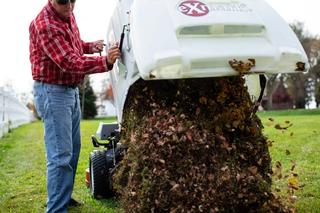5 Tips for Preventing Fruit Flies


Clap! Slap! Got it!

That’s the sound you hear around the house this year as people discover they have been invaded by fruit flies.
The common fruit fly, Drosophila melanogaster, lives an average of 50 days from egg to death. And a female lays approximately 400 eggs in that time. No wonder they seem to hang around all summer long!
But if you know the life cycle of the fruit fly, their ideal living conditions, and ways to repel or capture them, you will likely have less trouble this season.
Know the enemy
The ideal temperature for fruit flies to thrive is around 77° F. However, the hotter it is, the faster they develop—it takes just seven days from egg to adult at 82° F. No wonder we have them in abundance in the hot summertime!
The female fruit fly lays 400 eggs, five at a time, in rotting fruit or something similar—forgotten bananas on the counter, the compost bowl, or the garbage can. The eggs hatch in 12-15 hours into larvae which feed on the microorganisms that decompose the fruit and the fruit sugars (or whatever similar matter is available). The larval stage lasts about four days. Then the fly pupates for a four-day metamorphosis before emerging as an adult.
What attracts fruit flies, anyway?
Believe it or not, the common fruit fly, also called the vinegar fly, lives in every continent on the planet. We generally think that it’s the produce in the kitchen the flies want because that is where they annoy us the most. But if you take a little walk outside, you’ll notice them on the fruit lying under the trees in your orchard or on the tomatoes fallen from the vine in your garden.
Fruit flies love fermented foods. If you enjoy making kombucha, sauerkraut, wine, or other fermented food products, the smell of those fermenting vessels about the kitchen or cellar will attract the flies.
How do I keep fruit flies out of my house?
To keep fruit flies out of your home, start with the food in your yard. As soon as you notice it, pick up the fruit that falls to the ground and dispose of it.
An open compost pile attracts fruit flies. If yours is close to the house, consider purchasing a composting tumbler or covered composting container.
Because of their small size (3-4mm), young adults can pass through standard window screening. Use 16 mesh or finer screening to prevent more flies from entering your home.
Try herbs. Several strong-scented herbs repel the common fruit fly. Fill the planters beside your doors and your window boxes with tansy, lavender, or basil. Keep a basil plant on your kitchen counter—The flies don’t like the smell.
Do you have fruit flies in the bathroom or laundry room? Add potted herbs there, as well. Peppermint would be a great addition to the bath because the shower steam will release its volatile oils into the air.
Once they’re inside, what do I do?
Your most successful line of defense against a fruit fly infestation is to remove their breeding grounds. That includes any soft, moist, sugary environment like fruit, garbage, or even the slime that coats your drains. If you think you have an infestation, here are a few things to do:
• Empty the garbage and your compost bowl daily
• Wash the garbage can regularly
• Wash fruit as soon as you bring it home to remove any potential eggs on the surface
• Use fruit as soon as it ripens or store it in the refrigerator
• Regularly clean the drains and garbage disposal with vinegar and baking soda or a commercial enzymatic drain cleaner.
• Wipe up any spills as soon as they happen, especially fruit juice, vinegar, or kombucha
Once you remove the places that fruit flies might breed, consider using fruit fly traps to capture any lingerers. You can purchase traps at most hardware stores or you can make your own.
How to make your own fruit fly trap
A basic fruit fly trap consists of a container holding bait with an opening the flies can go into but not get out of. Tomato or fruit peels make the perfect bait. Some folks use apple cider vinegar, beer, or wine, but I’ve had the best success with fruit scraps. In fact, add to the trap whatever produce you’re in the middle of canning or freezing. As it decomposes, it will lure the flies inside.
To make your own fruit fly trap, gather the following supplies:
• A quart jar
• One sheet of printer paper
• Cellophane tape
• Bait
1. Roll the sheet of paper into a cone shape. Size it so that the tip has a hole just the right size for a fruit fly to crawl through and the wider part will, when placed into the jar, close the opening. Tape in place.
2. Add the bait to the jar and insert the paper cone, tip down, into it. Make sure there are no gaps between the paper and the rim of the jar providing a way of escape. If so, re-roll your cone or cover with tape.
3. Empty and refresh the bait daily.
Once the produce quits coming in from the garden, and cooler temperatures replace the heat of summer, you’ll be able to win the war against the fruit fly. In the meantime, follow these tips, make a few traps, and refuse to let this tiny little insect annoy you.
Tags:Seasonal Living

Acreage Life is part of the Catalyst Communications Network publication family.
















